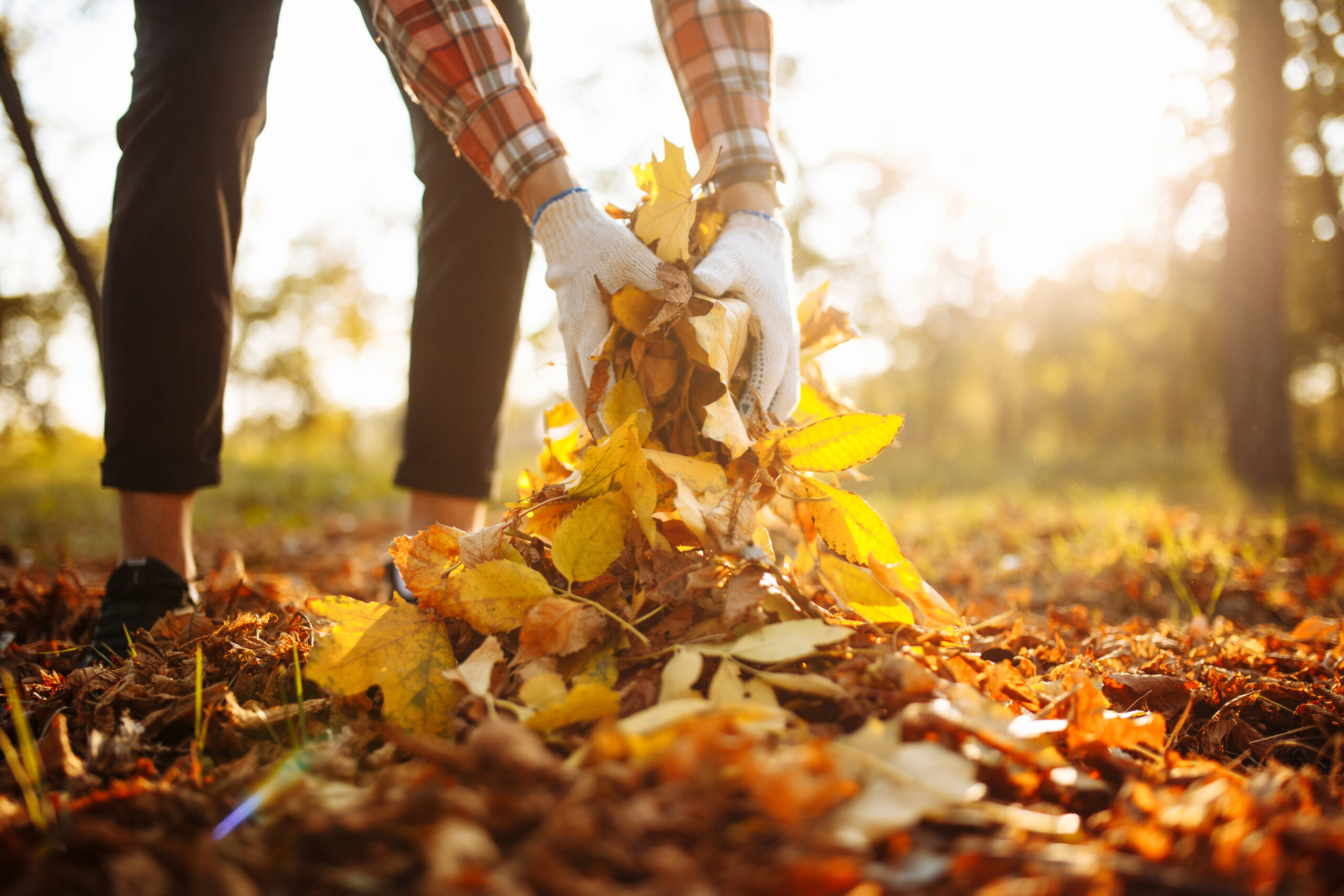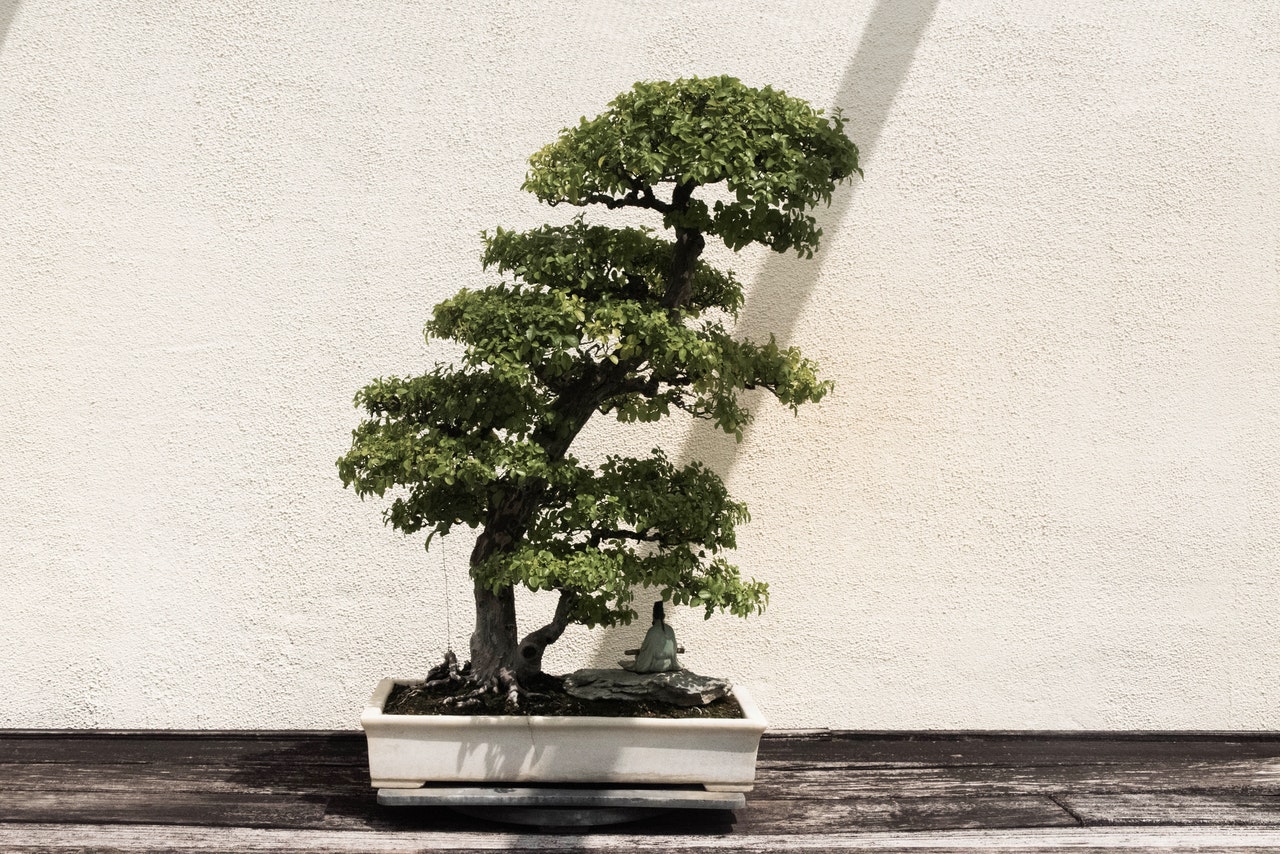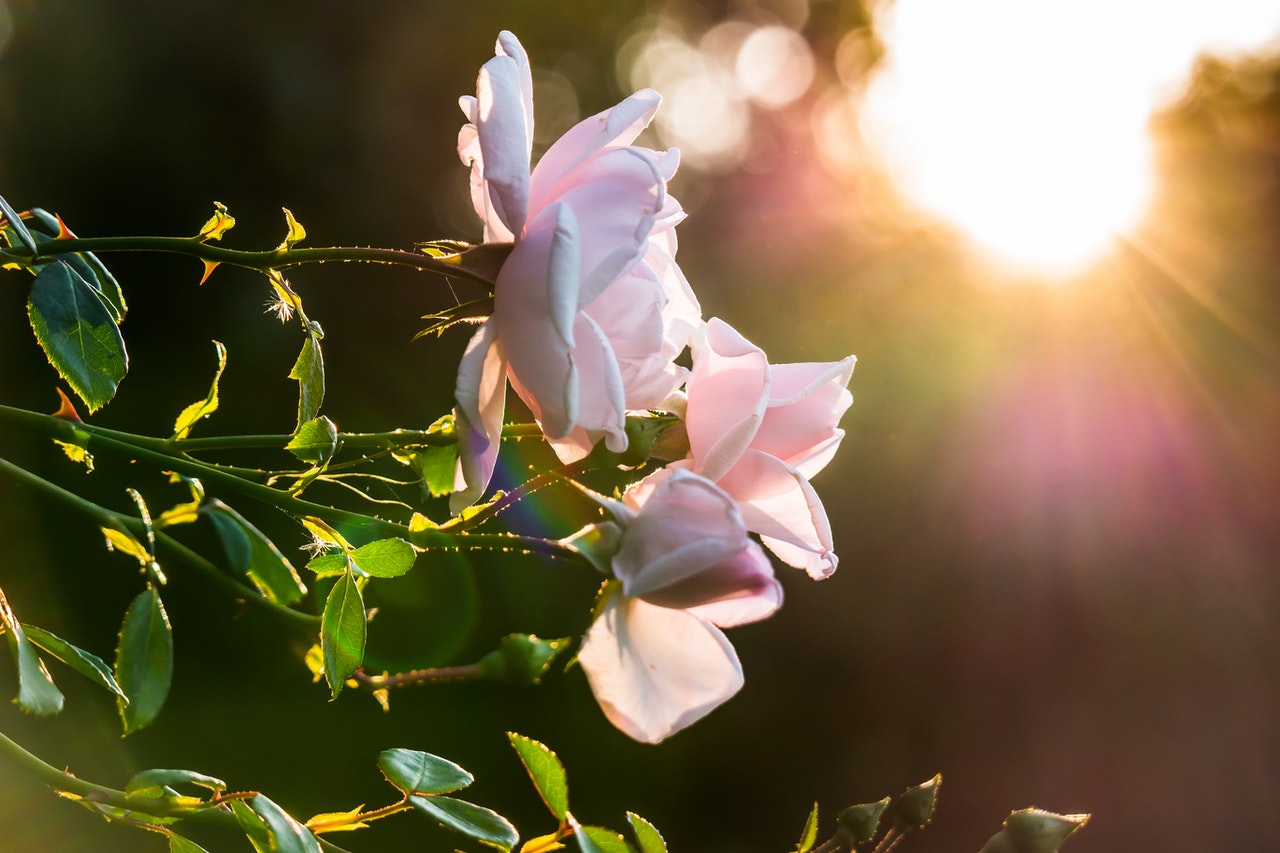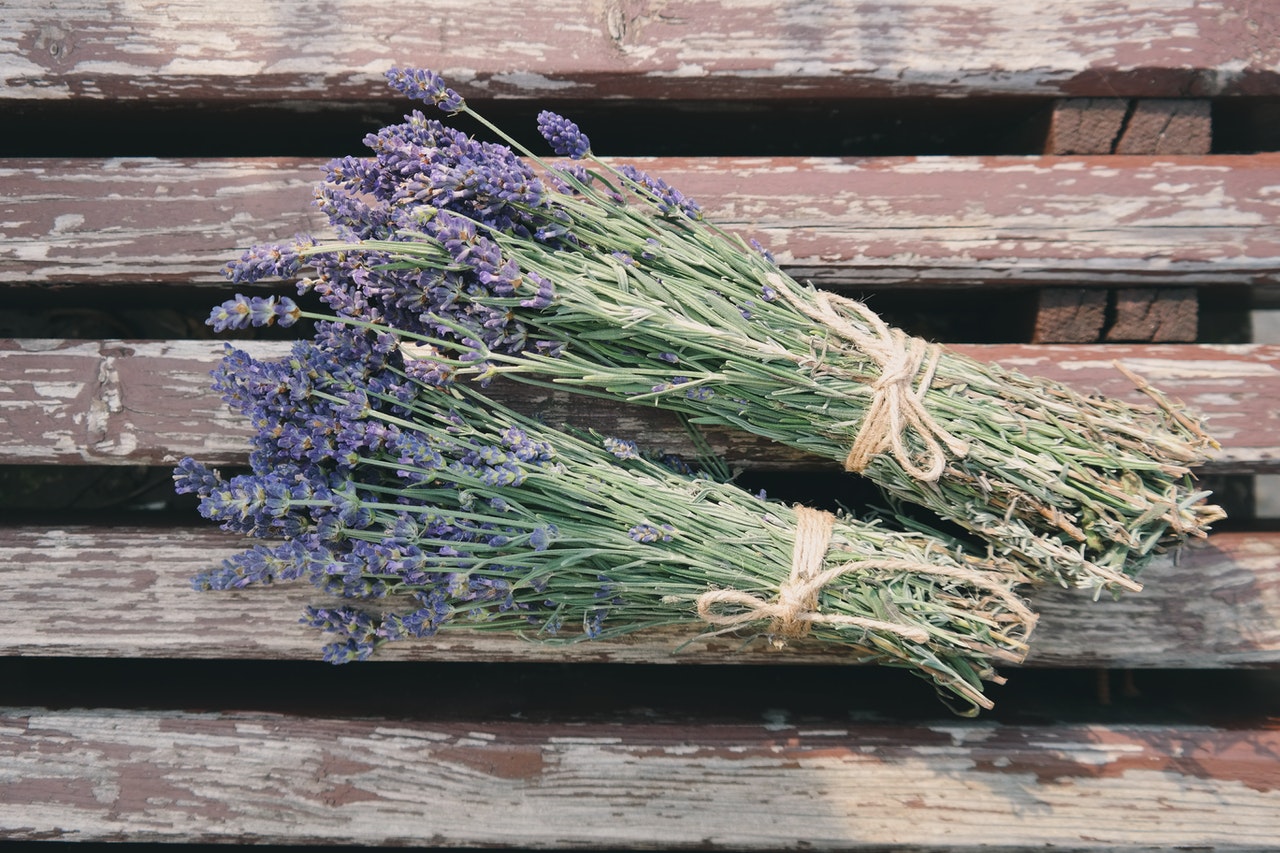Leaves are one of the most abundant crops to come out of fall. Leaves are truly amazing organic matter, and they’re free too! Trees have mined minerals from deep in the soil and then brought them to the surface, where leaves have been able to absorb them. Leaves are rich in calcium, magnesium and phosphorus as well as potassium.
Leaves can be worth £40 per pound as a source of plant food and humus. Leaves contain twice the mineral content of manure, pound for pound. The huge amount of organic matter they offer can be used to improve soil structure. Leaf humus can lighten heavy clay soils. They feed earthworms and beneficial microbes. Leaves are good at retaining moisture in dry, sandy soil. They make a nice mulch for flower gardens.
Leaves are a fabulous source of carbon to balance the nitrogen in your compost pile. Leaves insulate tender plants from cold temperatures by acting as a layer between the plants and cold air before snow cover is available.
Composting is a great way to recycle your yard waste and create rich soil for your garden. Leaf compost is also easier to make than a traditional, or “hot,” compost heap. All you need is a couple of plastic bin bags and somewhere to place them out of sight. Rake up the leaves—they need to be damp—and place as many as possible in a bin bag. Scatter some chalk or finely ground eggshells between the layers and press them down firmly. Place the contents in a chicken wire basket and let it sit for about a year until they have turned into mulch. If you wait longer, it will turn into potting soil.
If you do not want to compost leaves, another option is making leaf mold. To make leaf mold, simply rake your leaves into a big pile. Shredding them first will help the process go more quickly, but it’s not necessary. You need to keep the leaves moist for one to three years; after this period, they will have disintegrated into dark, sweet-smelling soil conditioner that is high in calcium and magnesium and retains water. This makes an excellent fertilizer for vegetable or flower gardens, or you can use it as an addition to potting soils.
Leaves make excellent protective mulch for vegetable crops, berries, and ornamental shrubs. Leaves suppress weeds by preventing light from reaching the seeds of new plants and by absorbing moisture from the soil. They don’t contain any weed seeds, so they won’t encourage the spread of new weeds. Since leaves are biodegradable, it’s best to shred or chop them before using them as mulch. Leaves make a good insulating cover for overwintering tender perennials as well. The best time for mulching is after the ground has frozen so save shredded leaves for use later in fall.
Leaves, which provide winter cover for wildlife, particularly pollinators, are not only useful to humans. They also serve as protection for animals during cold weather and provide shelter from predators. Leaves also provide insulation for bees, moths, butterflies, snails, and other arthropods that overwinter in dead plant material. For example, mated queen bumble bees burrow only an inch or two into the earth to hibernate for winter—leaving behind a small hole in your lawn that will fill in naturally over time—relying on natural leaf litter to keep them insulated. In addition, many butterflies go into hibernation as chrysalises or cocoons disguised as dry leaves. We do not want to accidentally destroy any butterflies while we are raking or blowing away leaves! Consider creating a leaf pile or two and allowing it to break down naturally so that other insects can benefit from it next year before you pull it out of your garden beds as mulch in early spring.
If you need any help with your autumn garden don’t forget to head out to garden care specialists. They will happily answer all your questions and do the work for you as well




